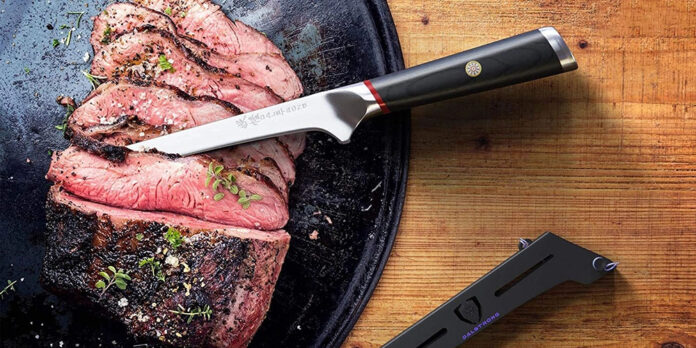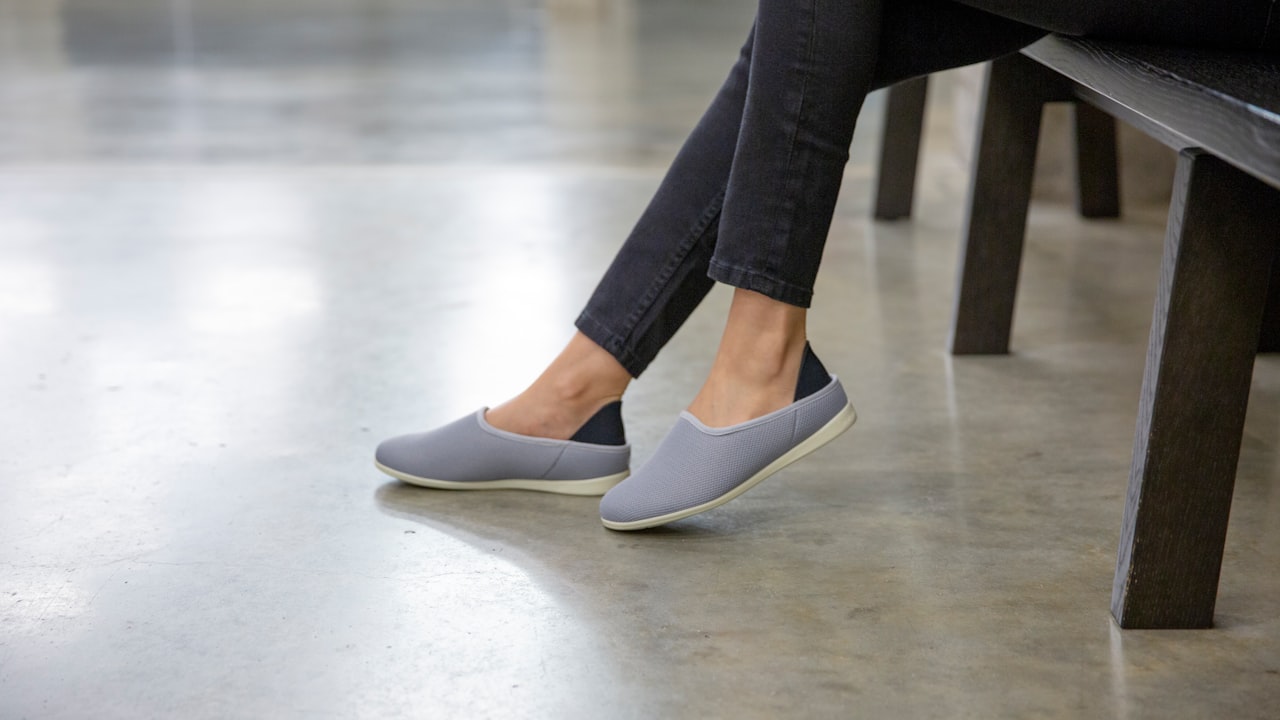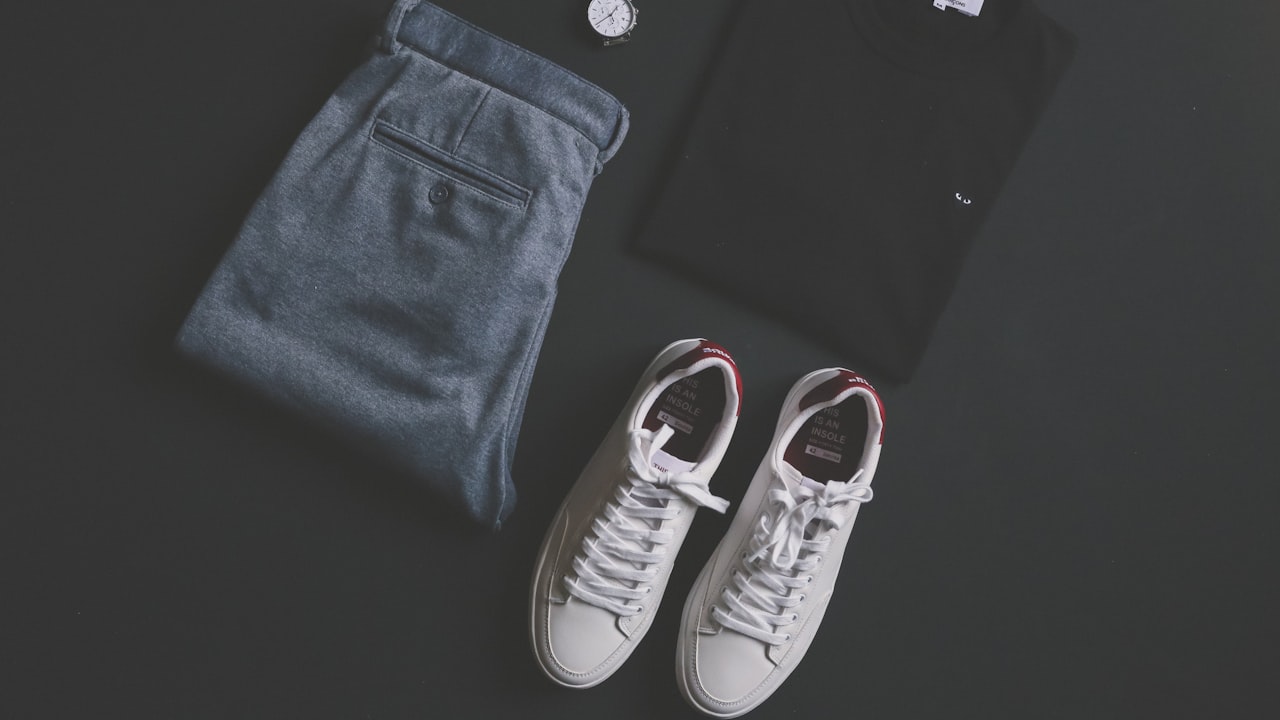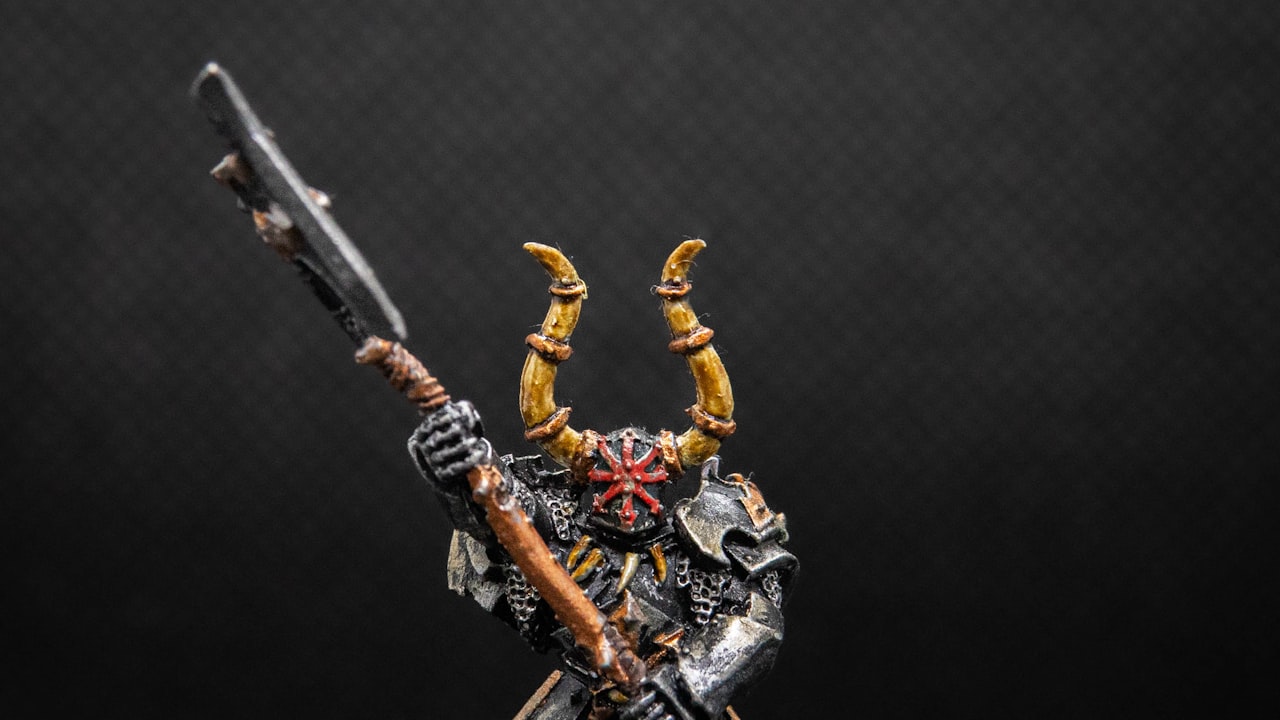Boning knives have specialized blades that aren’t typically present in a regular kitchen but may be quite handy. You could be thinking if the new boning knives that you are going to buy need to be either curved or flexible because they come in so many various forms. Each alternative does have its own set of benefits, and boning knives may be used in regular cookery for meat-eaters. It has been well explored whether the boning knife must be flexible or stiff and should be curved or straight.
The flexibility and form of the boning knives are dictated by the types of meats that people frequently cook. All of these features would enable removing the bones quicker and easier.
Purchasing boning knives imarku could be worthwhile; however, you must first grasp the function of many variations in order for the blades to fit your specific preferences.
Do Boning Knives Have Flexibility?
There are two types of boning knife blades available: flexible and stiff; either can be purchased. Boning knives have a narrower blade as compared to chef knives. As a result, Boning knives, as opposed to kitchen knives, are much more flexible. To remove bones from chicken, beef, or fish meats, the boning knife must be quite thin.
If you intend on preparing your dinner with meat that is more thick and hard, you have to use a stiff boning knife. T-bone beef and steaks, for example, would possess too much stiffness over the flexible blade. When you are cooking with harder meats like pork, a lesser flexible blade may be best.
Why Do Boning Knives Have Flexibility?
Certain boning knives can bend, allowing you to cut around portions of the flesh that would ordinarily be impossible to reach. Bones with rounded ends or curves might feel rather unpredictable at times. Such strange formations can adhere to finely sliced pieces that some think to have a lot more taste contained in them.
Chicken, which is among the most popular and common meats for daily meals, is also regularly cut by flexible boning knives. Several varieties of fowl, like duck and turkey, may also be cut by such knives.
Furthermore, flexible boning knives can work on fish meat easily. There are several different types of fish; most of them are fragile and tiny, making carving them difficult. When a boning knife becomes fairly flexible, it will have an easier time cutting the fish.
What Is The Importance Of A Boning Knife’s Shape?
The curvature of the boning knife determines how easy it is to work with various meats. The blade’s shape will help you to carve larger and quicker or with more precision.
Because a straight boning knife doesn’t possess a curved point, it might also affect the overall shape of the blade’s tip. When chopping harder meats, this will make it simpler to cut through them.
Furthermore, the blade’s flexibility is generally determined by the boning knife’s shape. Straight blades need to be very stiff, whereas curved blades must be very flexible.
Is it better to use straight or curved boning knives?
The excellence of any shape is totally subjective. If you’re a pescatarian who eats fish frequently, for instance, you may conserve a huge amount of time simply by utilizing a flexible boning knife that allows for finer cutting. That’s also true for chicken.
A straight boning knife, but on the other hand, is much more useful when working with bigger and thicker cuts of meat. Because straight knives are more prone to be stiff, it is often preferable to work faster with them. If you’re in a rush and don’t care about making precise cuts, the straight blade would easily split bones.
Conclusion
Boning knives are indeed a distinctive and valuable addition to the kitchen, yet they are sometimes ignored due to their rarity. You’ll be able to get the correct boning knife if you know the differences between the many types of boning knives. It’ll also guarantee that people are appropriately utilizing the knife that’s always better and more efficient.













